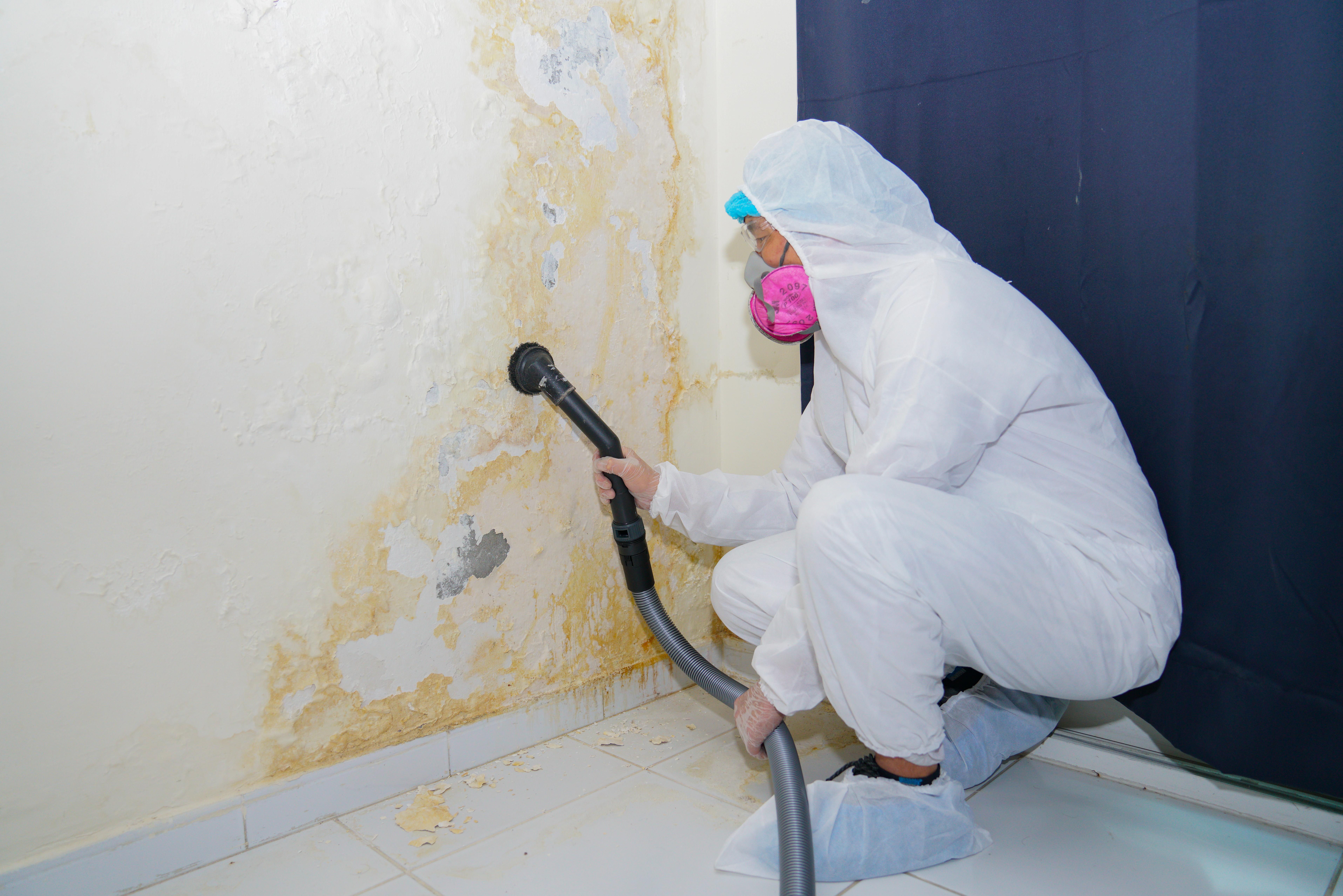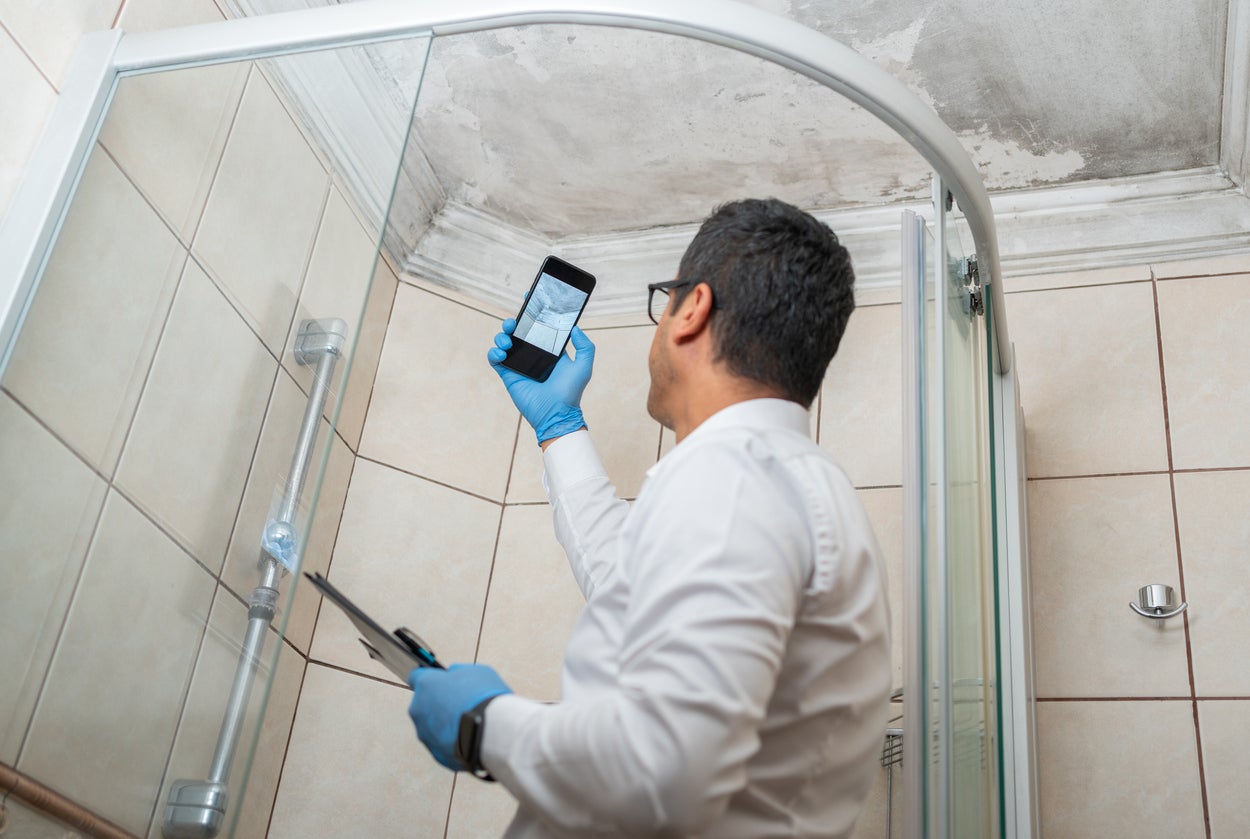Vital Actions After Mold Remediation
Vital Actions After Mold Remediation
Blog Article
Your Ultimate Guide to Message Mold Remediation Strategies
Browsing the world of post-mold remediation strategies is a precise procedure that demands interest to information and an extensive understanding of the complexities entailed. In the consequences of mold infestation, understanding exactly how to properly eliminate the mold and prevent its reoccurrence is paramount for keeping a healthy and balanced indoor environment. From choosing the ideal cleansing and sanitizing methods to implementing techniques for long-lasting mold and mildew avoidance, each step in the removal trip plays an important duty in guaranteeing an effective outcome. As we start this expedition of post-mold removal techniques, we will certainly uncover the key techniques and best techniques that can help you restore your room to its pre-mold condition and protect it against future mold threats.
Recognizing Post-Mold Remediation Process
After finishing the mold removal procedure, it is crucial to comprehend the post-mold removal strategies that are necessary to guarantee a comprehensive and effective cleanup. When the mold and mildew has been removed, the following action involves cleansing and sanitizing the impacted areas to prevent any type of regrowth of mold and mildew.
Moreover, carrying out a last inspection post-remediation is important to make certain that all mold has actually been efficiently gotten rid of. This examination needs to include a complete visual check in addition to potentially air tasting to validate the absence of mold and mildew spores airborne. If the assessment reveals any sticking around mold and mildew, extra remediation might be essential. Finally, informing passengers on preventive measures such as regulating wetness degrees and promptly dealing with any type of water leaks can help keep a mold-free atmosphere.
Efficient Cleaning and Disinfecting Techniques

Protecting Against Future Mold Development

Relevance of Appropriate Ventilation
Correct air flow plays an important function in protecting against moisture buildup, a vital factor in mold and mildew growth within indoor atmospheres. Reliable air flow systems help get rid of excess humidity from the air, reducing the opportunities of mold spores discovering the wetness they need to germinate and spread. Without ample air flow, interior spaces can become a reproduction ground for mold, bring about potential health and wellness dangers and architectural damage.
By making sure correct air blood circulation, air flow systems can also assist in drying out moist areas faster after water damage or flooding occurrences, additionally hindering mold and mildew growth. Post Mold Remediation Report. In areas like restrooms, attic rooms, kitchens, and basements where dampness degrees tend to be greater, mounting and preserving efficient air flow systems is important in preventing mold invasions

Surveillance and Upkeep Tips
Given the important role that appropriate ventilation plays in protecting against mold growth, it is critical to establish reliable tracking and upkeep check suggestions to make certain the ongoing functionality of ventilation systems. Regular examinations of ventilation systems should be performed to examine for any signs of clogs, leakages, or malfunctions that might impede appropriate air flow. Surveillance humidity degrees within the home is also essential, as high humidity can contribute to mold and mildew growth. Mounting a hygrometer can aid track humidity degrees and alert house owners to any spikes that might need interest. In addition, ensuring that air filters are consistently cleaned up or replaced is crucial for keeping the efficiency of the air flow system. Carrying out a timetable for regular upkeep jobs, such as duct cleaning and HVAC system examinations, can help avoid issues prior to they escalate. By remaining attentive and positive to the problem of air flow systems, homeowner can efficiently reduce the danger of mold and mildew regrowth and preserve a healthy and balanced interior atmosphere.
Conclusion
To conclude, post-mold remediation strategies are vital for making sure a clean and safe environment. Understanding the procedure, executing effective cleansing and decontaminating approaches, avoiding future mold and mildew growth, preserving appropriate ventilation, and normal tracking are all vital action in the removal process. By following these guidelines, you can effectively get rid of mold and stop its return, advertising a healthy and balanced living or functioning space for all residents.
In the aftermath of mold invasion, understanding exactly how to efficiently get rid of the mold and mildew and stop its reoccurrence is paramount for keeping a healthy indoor atmosphere. When the mold and mildew has been removed, the next step entails cleaning and sanitizing the impacted areas to avoid any kind of regrowth of mold and mildew - After mold remediation. After removing visible mold and mildew development, it is vital to clean up all surfaces in the afflicted location to eliminate any kind more of staying mold and mildew spores. To even more improve mold and mildew prevention procedures, it is vital to resolve underlying problems that originally led to mold advancement.Provided the crucial role that proper air flow plays in stopping mold development, it is essential to develop efficient surveillance and upkeep suggestions to make sure the ongoing functionality of air flow systems
Report this page